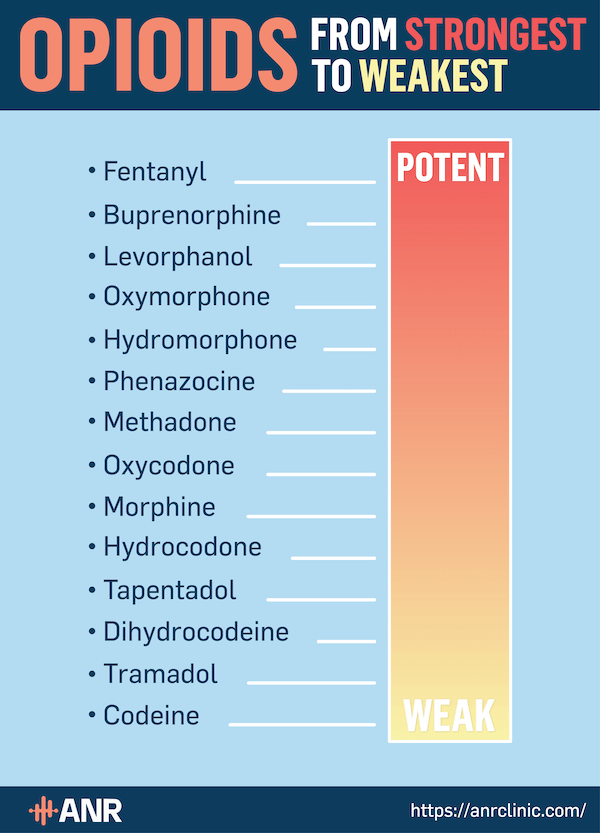
Oxycodone is an opioid painkiller commonly prescribed to treat moderate to severe discomfort. Unfortunately, it is one of the most abused drugs in America.
Hydromorphone, commonly referred to by its brand name Dilaudid, is a prescription painkiller from a class of drugs known as opioids that include strong pain relievers such as morphine.
Painkillers come in various forms, and doctors determine which opioid medication to prescribe. Starting out with non-opioids like codeine before moving onto mild opioids like Dilaudid and Oxycodone; both can be highly addictive substances which should only be used to treat severe, debilitating pain.
Studies comparing hydromorphone to other opioids such as oxycodone have demonstrated its efficacy for treating cancer-related pain. Studies comparing oral sustained-release oxycodone with hydromorphone reported similar results, as did another one comparing patient controlled intramuscular bolus oxycodone infusion to continuous subcutaneous hydromorphone infusion in terms of efficacy and predictable side effects.
Hydromorphone tablets were recently found to be non-inferior to oxycodone immediate-release powder in treating cancer-related pain, according to a Japanese clinical trial with opioid-naive patients. There were no differences between groups for the primary efficacy endpoint (change from baseline in mean magnitude of numeric pain rating scale), nor significant intergroup differences for secondary efficacy measures such as use of rescue analgesia.
Both opioid medications work by inhibiting how nerves in your brain send pain signals throughout the body. Dilaudid was initially the preferred choice among misusers and abusers; however, over time oxycodone has become more popular as an illicit opioid choice among individuals seeking fake or "doctor shopping" prescriptions or who commit theft to acquire medication from pharmacies.
Both medications have the potential to cause serious or life-threatening breathing issues in patients during the initial 24 to 72 hours of therapy or when dosage increases are taken, particularly during the initial 24-72 hours or when dosage increases occur. They should be used with extreme caution when used by those suffering from asthma, chronic obstructive pulmonary disease (COPD), kyphoscoliosis or head injuries who have slow breathing. Furthermore, both can also potentially result in dangerously reduced blood pressure readings.
As with any medication, drinking alcohol or taking any prescribed or nonprescribed drugs - including street drugs - increases your risk of an uncommon but serious side effect known as hypersensitivity reaction; symptoms may include itching, hives or trouble breathing.
Oxycodone and Dilaudid are powerful opioid pain relievers that may be misused without a valid valid prescription, potentially resulting in addiction and withdrawal symptoms.
Both drugs may negatively affect breathing and cause constipation, which could be life-threatening if you already suffer from serious medical conditions.
Notify your doctor immediately if you suffer from asthma, other lung conditions, stomach or intestinal blockage or paralytic ileus (in which digested food doesn't move through the digestive tract). Furthermore, avoid drinking alcohol and taking nonprescription (over-the-counter) medicines containing alcohol while receiving treatment.
Long-term use of hydromorphone may result in severe sedation, respiratory depression and even coma. Furthermore, its prolonged use can increase your risk of seizures in those living with epilepsy and may increase it further still. Furthermore, hydromorphone should never be taken during pregnancy - should this occur while using this medication, contact your doctor immediately as neonatal opioid withdrawal syndrome could become life-threatening; also notify them if breastfeeding or planning on breastfeed them!
Dilaudid (hydromorphone hydrochloride) and oxycodone (OxyContin, Roxicodone, Oxecta, Percocet, Xtampza ER and Roxybond) are opioid narcotic pain relievers used for relieving acute or chronic pain. Both act by stimulating nerve receptors in the brain to reduce pain signals; also known as opioid agonists. They may produce side effects including euphoria, relaxation, sedation changes in mood nervousness restlessness as well as psychological and physiological dependency.
Both drugs must only be taken with a valid doctor's prescription as misuse can have serious adverse reactions. They increase your risk of overdose when combined with alcohol or drugs that depress the central nervous system; overdose symptoms include severe drowsiness, breathing issues and possible coma; additionally sudden drops in blood pressure can be life-threatening; therefore it's vital that any history of drug or alcohol abuse be communicated to your healthcare provider so they can help safely withdraw medications over time.